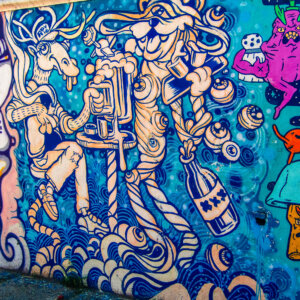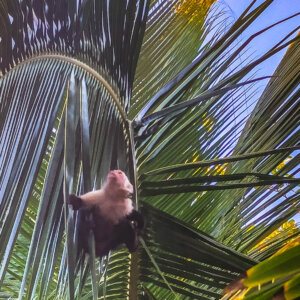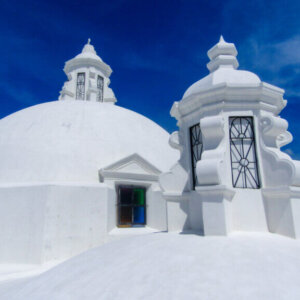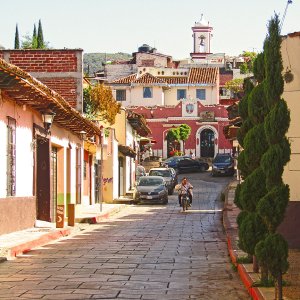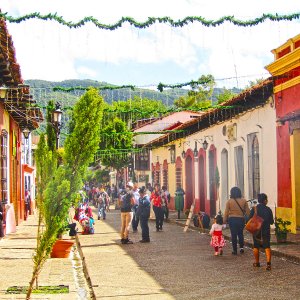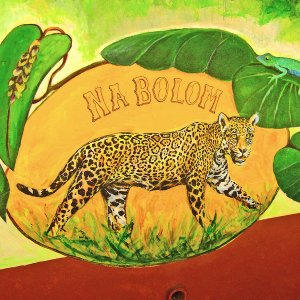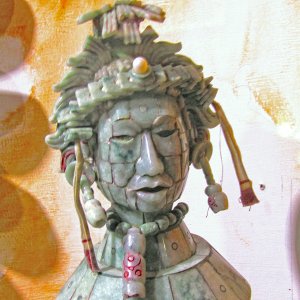Hind Sight
 .
.
An introduction to a city from the deck of a boat, a cruise ship or ferry gives me a different perspective than a plane, train or automobile. After all, boats came first did they not? Most times I take my mode of transportation for granted, except for a few occasions when a city slowly grows larger, right before my eyes. Dubrovnik, Santorini and Capri come to mind, as well as Cartagena, Colombia. I can’t help but wonder how many boats, how many people and for how many years have others watched this city grow as they approached?
From this point of entry, it was easy to zoom in on two places that looked like interesting opportunities to explore; the colonial walled city and the Castillo San Felipe de Barajas or San Felipe de Barajas Castle.







I arrived in Cartagena just before Christmas and what I remember THE most was the extraordinary heat and humidity. While I did my best to take advantage of cooler morning temperatures, the heat sapped both my energy and my patience. In total, I spent a couple hours exploring the walled city and avoiding street merchants but had no patience for the fortress/castle.
In addition to strolling the walled city, I managed to execute two more enjoyable touristy pursuits. The first was a “self guided” graffiti walking tour of the hip and beautiful Barrio Getsemani. I put “self guided” in quotes because I used a googled map as my guide.
This vibrant neighborhood, with its narrow streets and charming disposition was everything I expected to see in the Oaxaca, Mexico but didn’t. I wandered the area for hours snapping countless pictures of colorful and compelling murals that caught my eye.

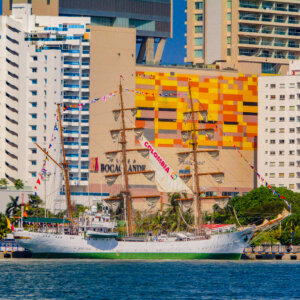


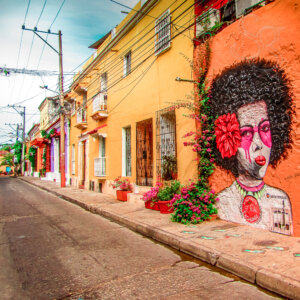








The next thing I did was something I suspect many Black / African-Americans do when they visit Cartagena, I went on a guided tour of San Basilio de Palenque, the first free slave town in the Americas.
In a nutshell, Palenque is a village of people descending from West-African slaves that escaped the major slave port city of Cartagena in the late 16th, early 17th century.
The village was founded by Benkos Bioho, former royalty from the Guinea-Bissau region of West Africa who was seized by a Portuguese slave trader and transported to South America for sale. Bioho organized an escape into the surrounding mountains with a small group and established Palenque, which became safety for subsequent escapees.


The story and history of this village is captivating. From the Palenquero language to the ancestral traditions passed forward through the centuries, Palenque leaves an unequivocal lasting impression.
Some four centuries after the most lucrative business of the time has ended in this region, I gratefully wandered the streets of this former South American slave-trading mecca, privileged to reach her shores via a safe & secure Caribbean Sea adventure. I imagine being carried on the shoulders of those who fought for their freedom and ensured mine in the process and I give thanks. Thank You!
